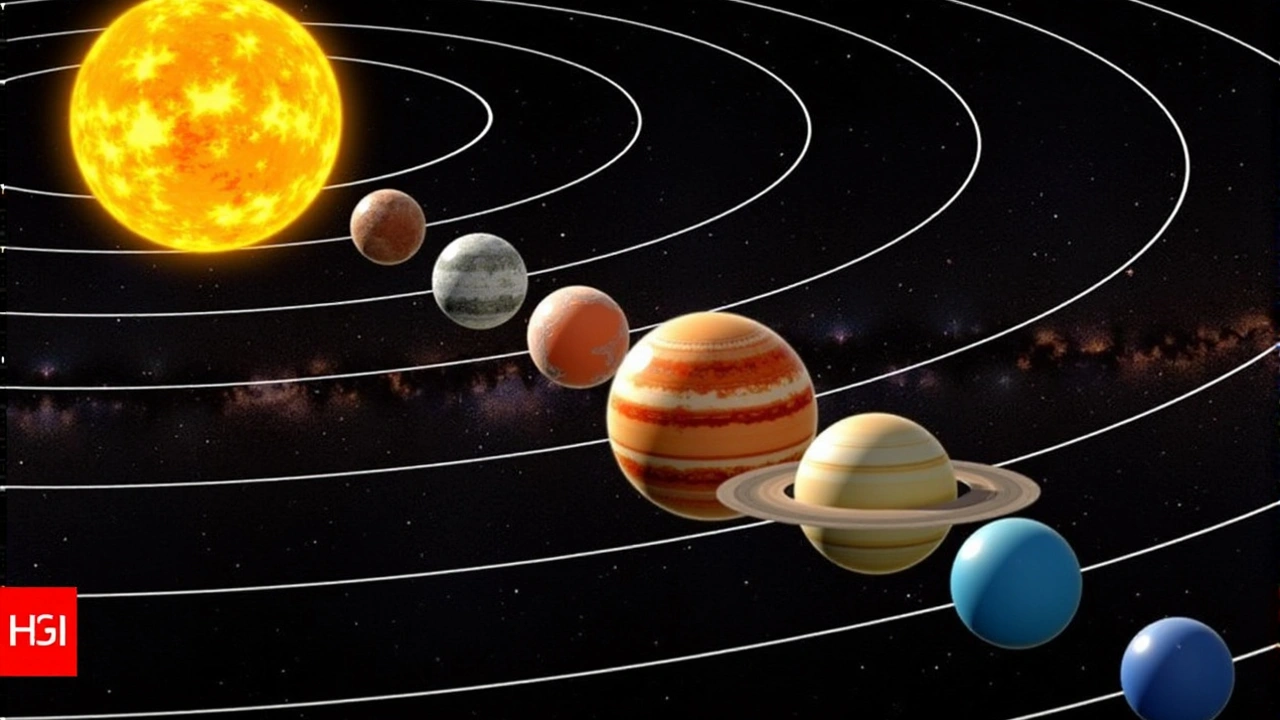Introduction to the Planet Parade 2025
The year 2025 promises to intrigue both astronomers and star enthusiasts with a celestial spectacle known as the Planet Parade. This phenomenon, happening on January 21 and January 25, will feature a rare alignment of six planets from our Solar System. These events are few and far between, making their occurrence a magnet for curiosity across the globe. It's not merely the alignment that stirs interest, but the beauty and mystery of what lies beyond our Earthly domain.
The Planets Involved
The lineup begins with the planet of passion, Mars, followed by the radiant Venus, the gas giant Jupiter, and the somber Saturn. While these can be admired without any optical aid, Uranus and Neptune join the parade, albeit shrouded in mystery and requiring telescopes for a clearer view. As these distant celestial neighbors arc through the sky, they bring with them questions and excitement that only the vast cosmos can evoke.
When and Where to Watch
For those keen to witness this cosmic ballet, timing and location are crucial. Set your gaze skyward approximately 45 minutes post-sunset, just as daylight wanes and darkness envelopes the evening. Look toward the southwestern horizon, where Venus and Saturn will shine first, followed by the brilliance of Jupiter in the southeast. Mars will climb above the eastern skyline, as if tracing a journey from Earth to the heavens.
Best Conditions for Viewing
To truly appreciate the Planet Parade, finding the right viewing spot can make all the difference. Seek out areas where light pollution is minimal and the horizon is unobscured—perhaps a hilltop away from city lights or an open field. The darker the surroundings, the more these stellar guests will illuminate the night. Websites and apps designed for stargazing will enhance your experience, mapping the stars and guiding your gaze through the cosmos.
Understanding the Significance
While the scientific allure is undeniable, the planetary alignment tugs at the strings of mythology and astrology too. Throughout history, such events have been associated with significant shifts in cosmic energy, an opportune moment to reflect on personal journeys and ambitions. As these planets align, they seemingly bridge the gap between celestial wonders and human introspection, offering a chance to tap into the universe's profound energies.
What Makes it Rare
NASA notes that a planetary parade of this magnitude, with four or more planets in alignment, is a rare celestial event, not an annual occurrence. It draws a line across continents and cultures, uniting people in a shared journey of exploration and admiration. With luck, clear skies will bless almost everyone on Earth with a glimpse of this celestial wonder, marking a moment to pause and marvel at our place in the universe.
Astrological Perspective
Beyond the bare bones of astronomy, the Planet Parade holds an astrological resonance as well. The alignment creates a tapestry of potential energy, believed by some to be the perfect time to set intentions and refocus one’s goals. This period is seen as an opportunity to harness the celestial powers, perhaps even sparking changes that align one's life closer to their dreams.
Final Stages of the Parade
The planetary show will grace the skies for about three hours, a fleeting chapter in the nightly narrative of the cosmos. As the planets make their way across their predetermined paths, Venus and Saturn will bow out first, dipping below the western horizon. The dance continues with Mars until it, too, fades into the night, leaving behind a trail of wonder.
In moments like these, when the sky opens a window to the infinite, the night becomes a canvas painted by cosmic light. It beckons us to look up, reminding us of the vast, unexplored frontiers that await. For those fortunate enough to witness the Planet Parade of 2025, it will be an experience to cherish, a reminder of the intricate beauty that resides just beyond our reach, yet always within our view.


Abhishek Singh
Oh joy another planet parade, because the night sky wasn’t busy enough. India’s clear deserts could finally give us a proper view, if only we could look up without the city glow.